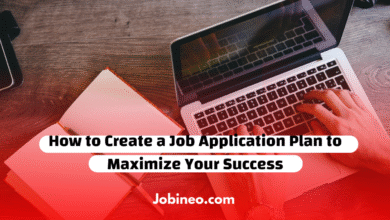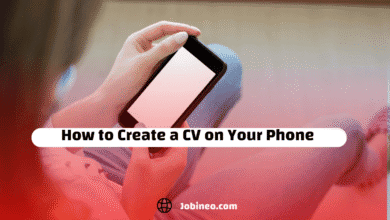The Right Way to Introduce Yourself in an Interview: A Step-by-Step Approach

The first words you say in an interview? They matter a lot.
Within those opening moments, interviewers form quick impressions about your confidence, professionalism, and whether you might be the right fit.
A strong intro sets the tone, builds instant rapport, and gives you a head start before they even ask about your skills. A weak one? It can make you play catch-up the whole time.
Think of it as your personal elevator pitch short, clear, and compelling. If you nail this step, you’ll start your interview on solid ground.
Let’s break down exactly how to do it.
Step 1: Research the Company and Role
Before you even think about your pitch, do your homework:
- What’s the company’s mission, values, or recent projects?
- What skills are listed as must-haves in the job description?
- What kind of culture do they seem to have (LinkedIn and employee reviews help)?
Why it works: You can tailor your introduction so it doesn’t sound cookie-cutter. Interviewers notice when you’ve done your prep.
Step 2: Craft a Concise Professional Summary
Structure it like this:
Your role and experience: I’m a marketing specialist with 5 years in tech…
Your expertise: focused on social media strategy and brand growth…
Step 3: Align Your Skills With the Job
Don’t just list skills connect them directly to what they need.
Step 4: Rehearse (But Don’t Memorize)
Practice enough so you sound natural, not robotic.
- Smooth out transitions.
- Use a conversational tone.
- Be ready to adapt if the interviewer jumps in.
Step 5: Master Your Body Language
Your words matter, but so does how you deliver them.
- Offer a confident handshake (if in person).
- Smile and maintain comfortable eye contact.
- Sit tall with open posture (no crossed arms).
- Nod and show you’re actively listening.
Step 6: Keep It Short and Sweet
Your intro should last 60 or 90 seconds max.
Trim out jargon, old jobs, and irrelevant details. Focus on what’s recent and impactful. If you go over 90 seconds, cut.
A Sample Interview Introduction
Here’s a template you can adapt:
Hi, my name is [Your Name]. I currently work as a [Your Current Role], where I focus on [Skill] and [Skill]. At my most recent position, I [Achievement or Project with a positive result]. I am excited about this opportunity because [Reason for Interest]. I believe my background in [Relevant Skill or Experience] aligns well with the goals of your team, and I would be glad to contribute.
After the Intro: Keep the Momentum Going
Don’t just stop at your pitch build connection.
Ask something like:
- What does success look like in this role during the first 90 days?
- I’d love to hear more about how the team collaborates on big projects.
It flips the spotlight back on them and shows genuine curiosity.
Frequently Asked Questions
How long should my intro last?
60 or 90 seconds. If they want more, they’ll ask.
Should I mention hobbies?
Only if they’re relevant to the role or culture.
Conclusion: Own Your First Impression
Your introduction is your opening act it sets the tone for everything that follows. With a little prep, clear alignment to the role, and confident delivery, you’ll walk in with credibility and leave a strong first impression.








